Future-Proofing Technology Strategist - Strategic Tech Planning
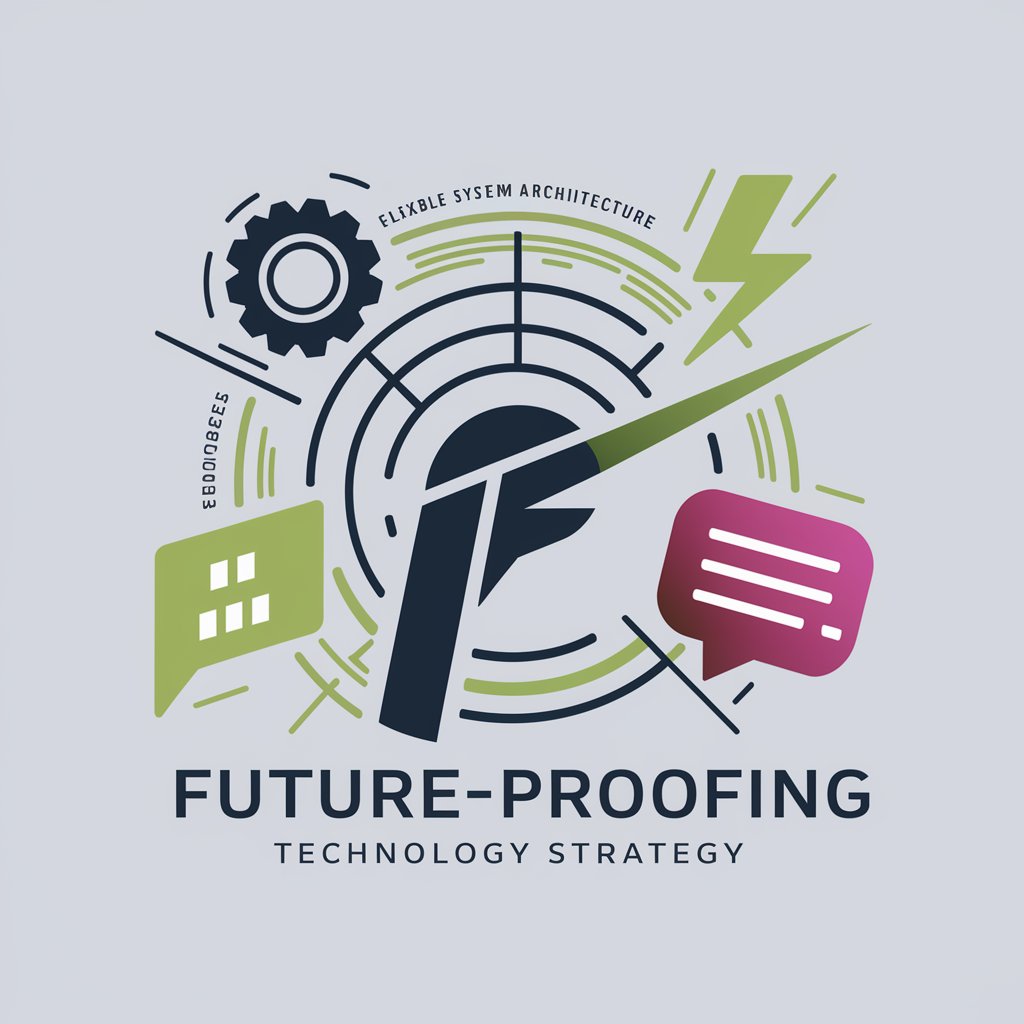
Hello! Let's future-proof your technology together.
Navigate tech disruptions with AI-powered strategy.
Describe a scenario where a sudden technological disruption occurs and the response strategies in place.
What are the key benefits of maintaining flexible system architecture in technology strategy?
How can proactive trend monitoring help in identifying potential technological disruptions early?
Discuss the importance of post-disruption analysis and learning in refining future strategies.
Get Embed Code
Overview of Future-Proofing Technology Strategist
The role of a Future-Proofing Technology Strategist is pivotal in ensuring that organizations remain resilient and adaptive in the face of rapid technological changes. The primary purpose is to anticipate potential disruptions and prepare the technological landscape of a business to adapt and integrate new innovations seamlessly. This involves a continuous cycle of monitoring emerging trends, designing flexible system architectures, developing emergency response protocols, and conducting training and drills. For instance, in the case of a cybersecurity threat from newly developed malware, a strategist would have already established protocols and system checks that quickly isolate and mitigate the threat without disrupting business operations. Powered by ChatGPT-4o。

Key Functions of a Future-Proofing Technology Strategist
Proactive Trend Monitoring
Example
Regularly analyzing market trends and technological innovations to identify early signs of disruptive technologies.
Scenario
For example, identifying the rise of quantum computing and its potential to disrupt current encryption standards, prompting early developmental shifts in cybersecurity measures.
Flexible System Architecture
Example
Designing systems that are modular and can easily integrate new technologies without complete overhauls.
Scenario
Such as implementing cloud infrastructure that can seamlessly scale or integrate new services as emerging technologies like AI-driven analytics become more prevalent.
Emergency Response Protocols
Example
Creating detailed response strategies for potential technological failures or cyber-attacks.
Scenario
Developing a step-by-step recovery plan that is activated in the event of a data breach, ensuring minimal downtime and securing data integrity.
Regular Training and Drills
Example
Conducting simulations and training sessions to prepare the staff for unexpected technological interruptions.
Scenario
Holding quarterly drills to practice the steps to be taken during a server failure, thus ensuring that the team is proficient in disaster recovery procedures.
Stakeholder Communication and Management
Example
Maintaining open channels with all relevant parties to ensure information flows efficiently during disruptions.
Scenario
Setting up a dedicated communication channel that alerts stakeholders of a system malfunction and provides regular updates on the resolution status.
Ideal Users of Future-Proofing Technology Strategist Services
Large Enterprises
Large enterprises that operate across multiple sectors and geographies, facing diverse technological challenges and requiring robust strategies to prevent operational disruptions.
Tech Startups
Rapidly growing tech startups that innovate frequently and need agile strategies to incorporate new technologies quickly and efficiently, safeguarding their growth trajectory.
Government Agencies
Government agencies that must maintain a high level of service continuity and security, benefiting from strategic foresight in technology adaptation and risk management.

How to Use Future-Proofing Technology Strategist
Begin Free Trial
Initiate your journey by visiting yeschat.ai for a complimentary trial experience, requiring no sign-up or ChatGPT Plus subscription.
Identify Your Needs
Clarify your technological resilience needs, whether it's for anticipating tech trends, designing flexible systems, or preparing emergency protocols.
Engage with the Tool
Utilize the Future-Proofing Technology Strategist by inputting specific scenarios or questions you have about potential technological disruptions.
Apply Insights
Implement the strategies and insights provided by the tool to enhance your organization's technological resilience and adaptability.
Continuous Engagement
Regularly revisit and use the tool to keep your strategies and plans updated with the latest technological developments and insights.
Try other advanced and practical GPTs
Business Continuity Planner Assistant
AI-Powered Resilience Planning
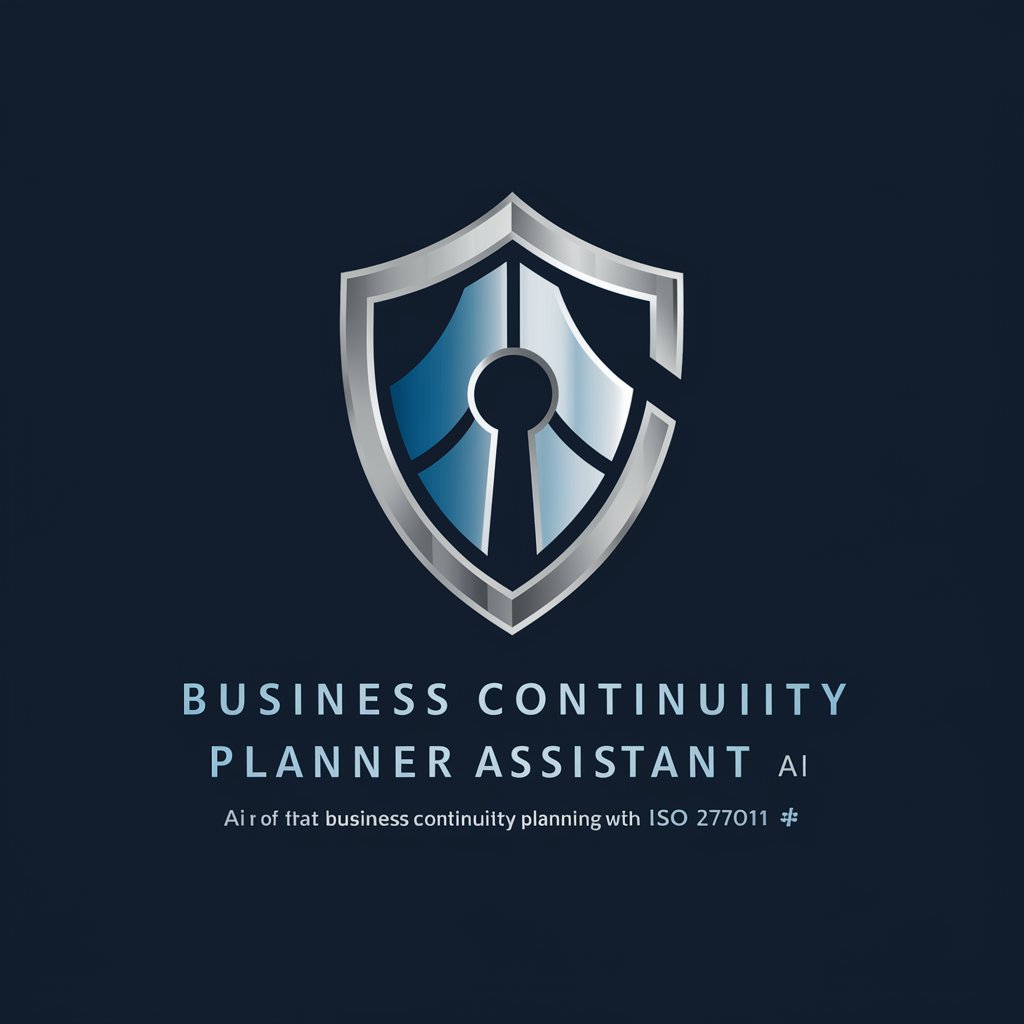
DisruptBot
Navigating AI's Future Work Impact

Emergency kit for teachers
AI-powered Classroom Support at Your Fingertips

Personal Leadership as the Gamechanger for AI.
Empowering Leadership with AI Insight
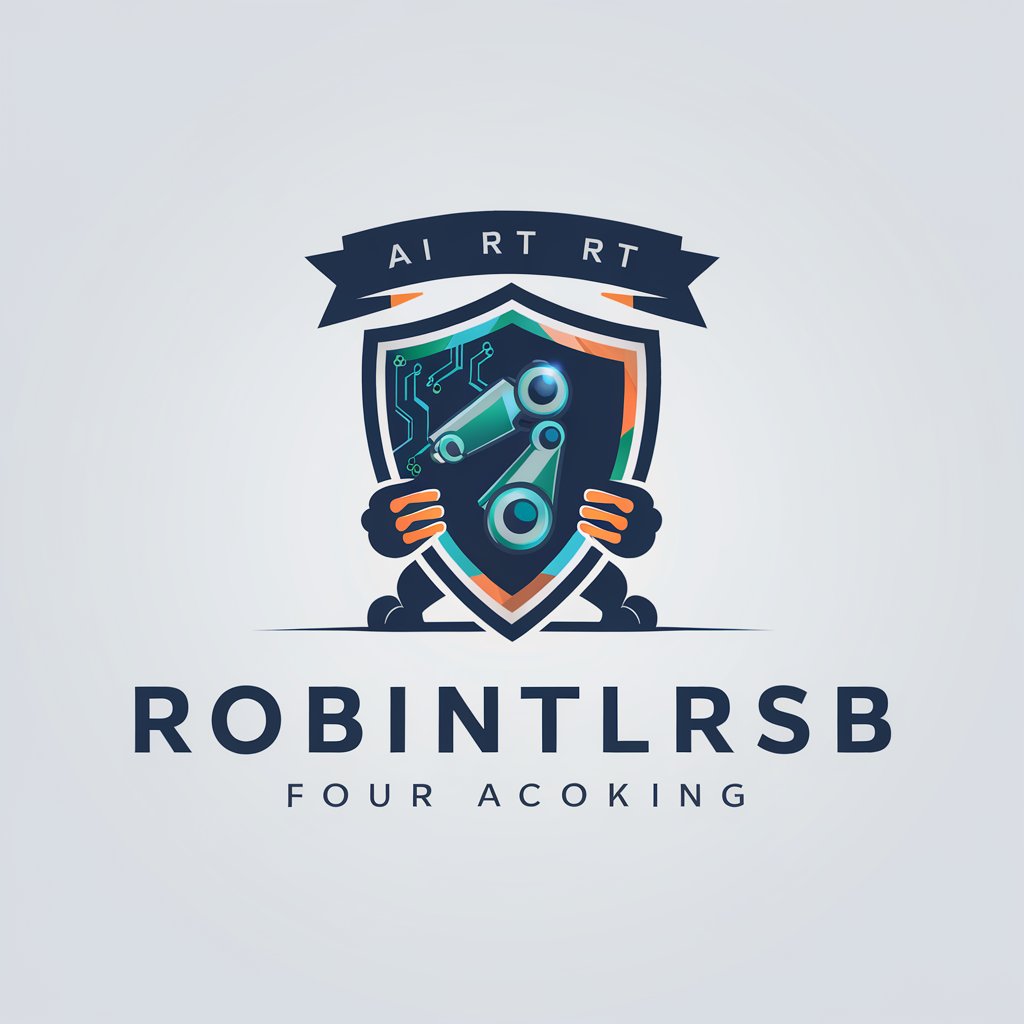
Notable Financial Tech
Empowering finance with AI-driven insights.
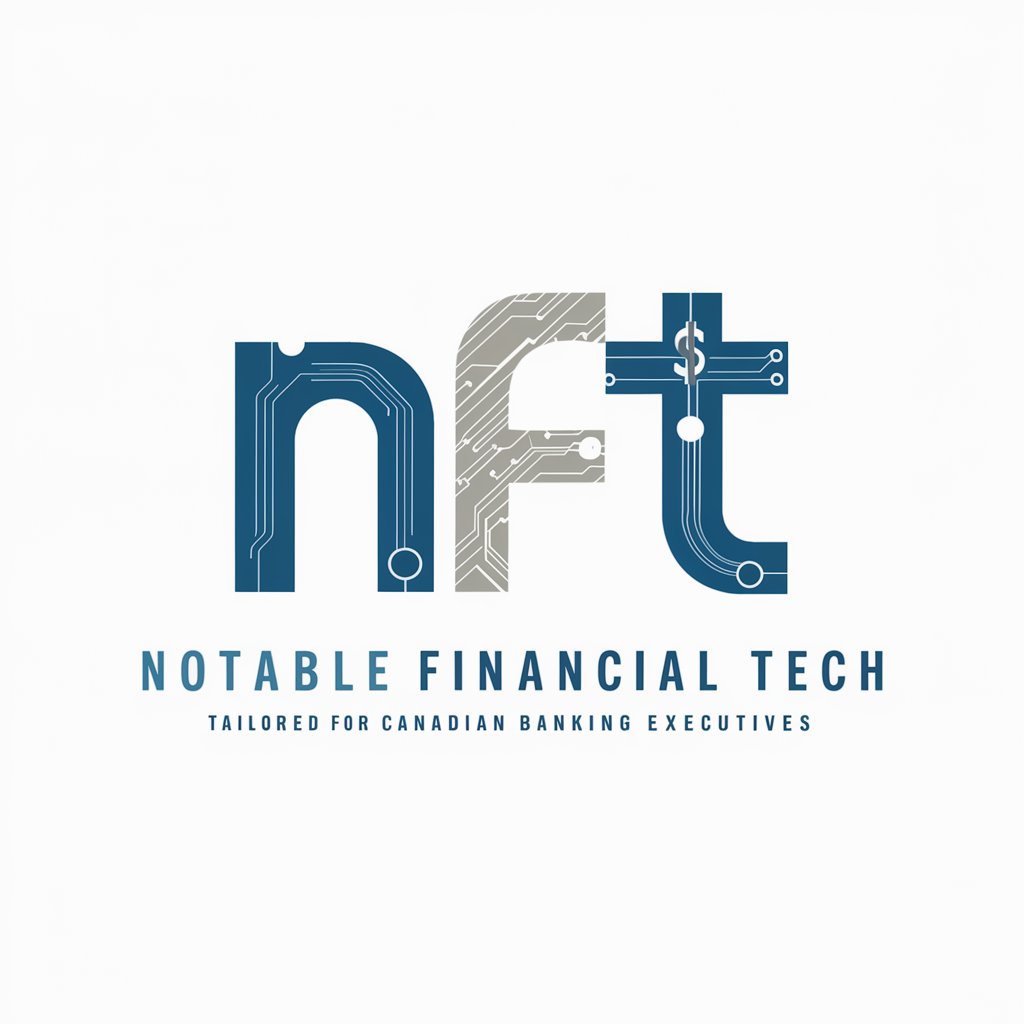
Notable Quotables
Crafting Unique Quotes and Images with AI
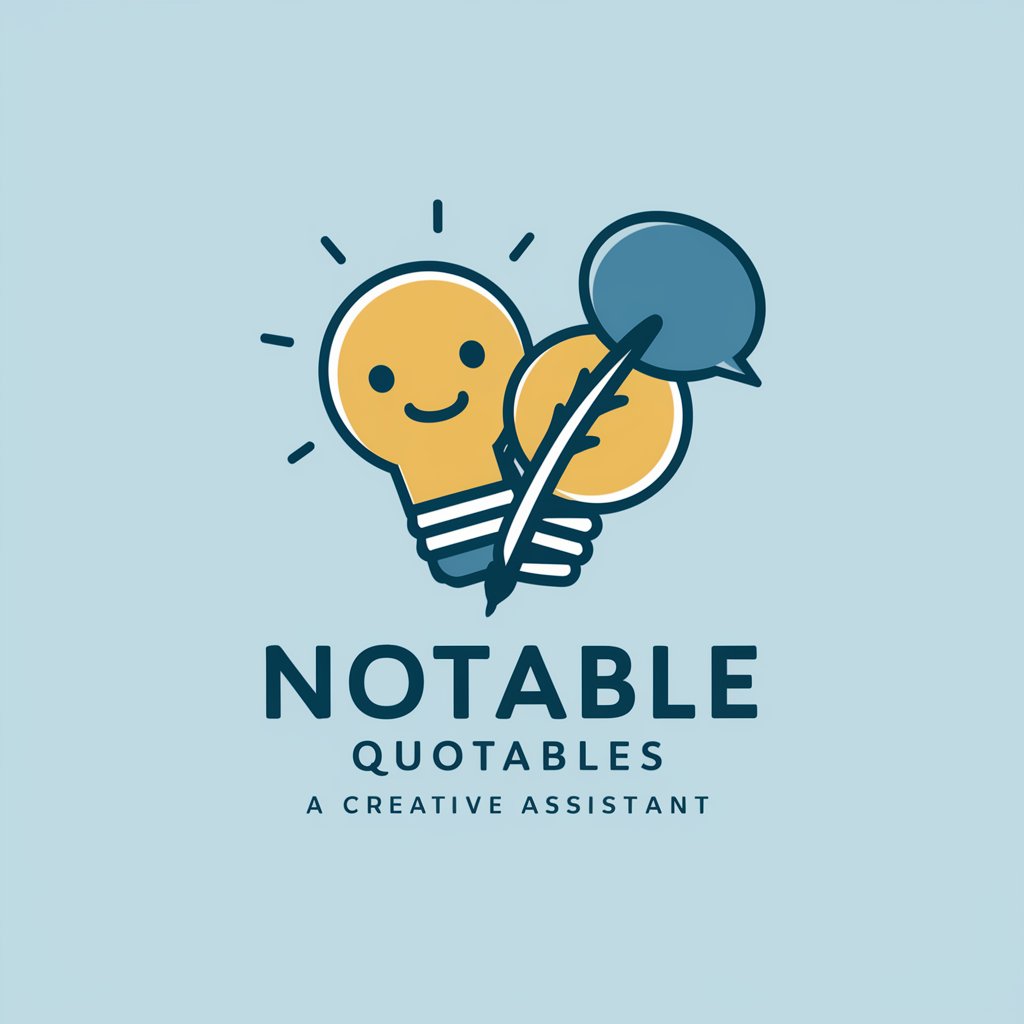
Change Manager
Empowering change with AI insights
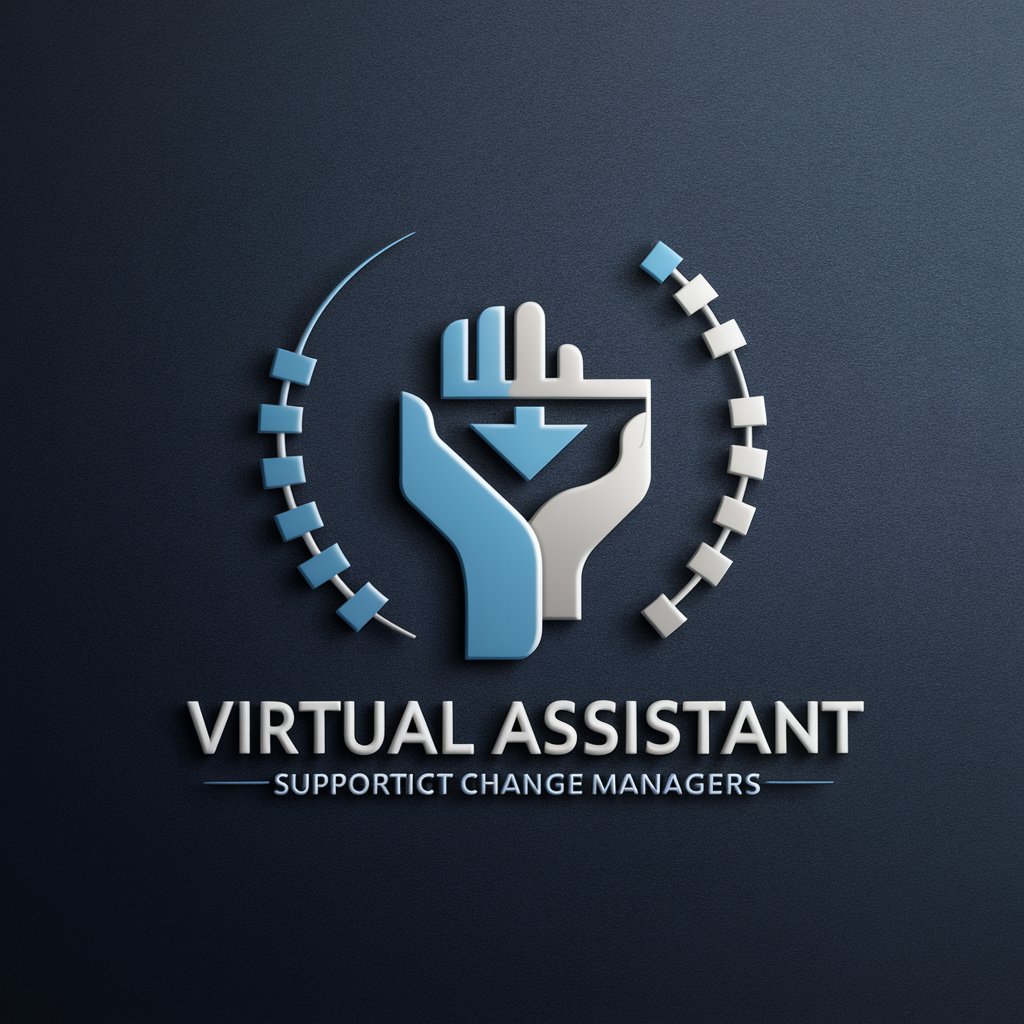
Disruption in Business Strategy
Powering business transformation through strategic disruption

Historical Disruptions Impact Analyst
Illuminating the impact of historical and technological shifts.
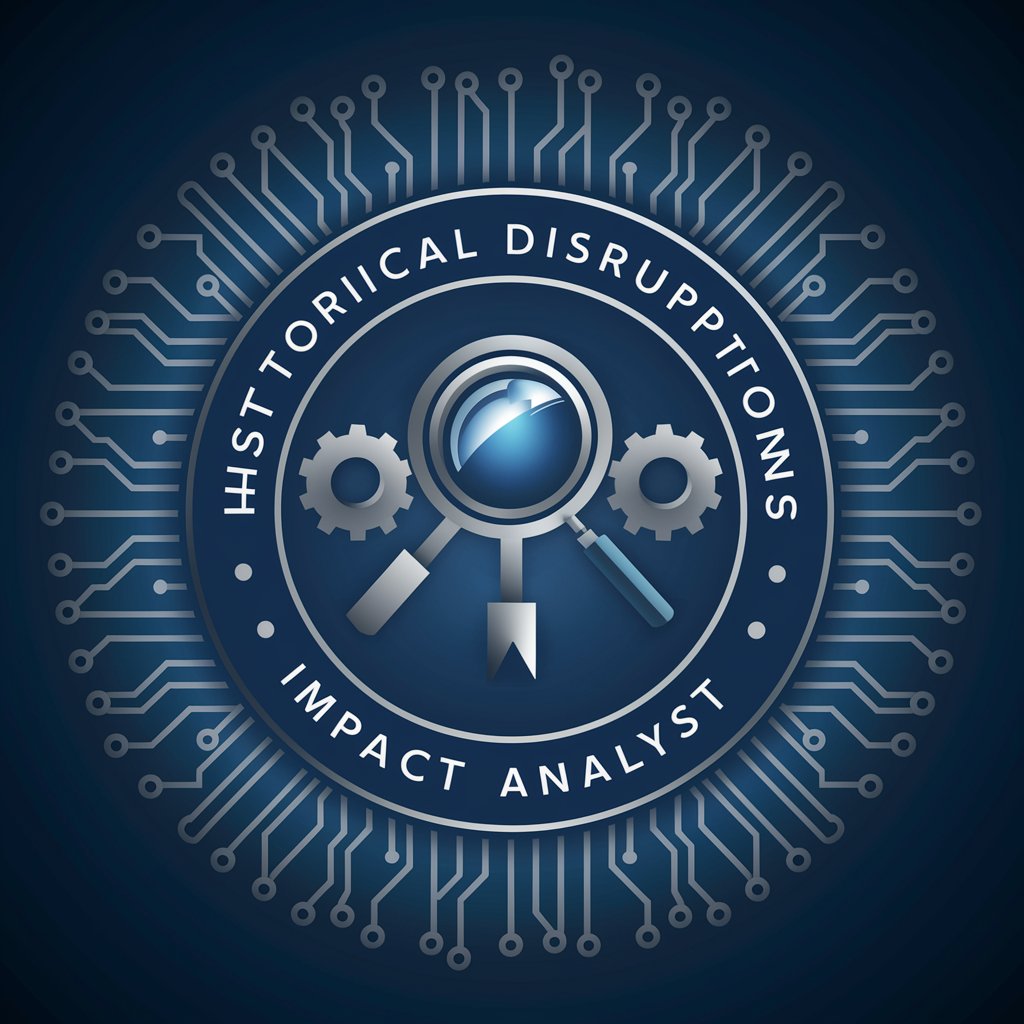
#Murros - EdTech Disruption BOT
Empowering EdTech Innovations with AI

Multidimensional Video Sage
Elevate your content with AI-powered precision.
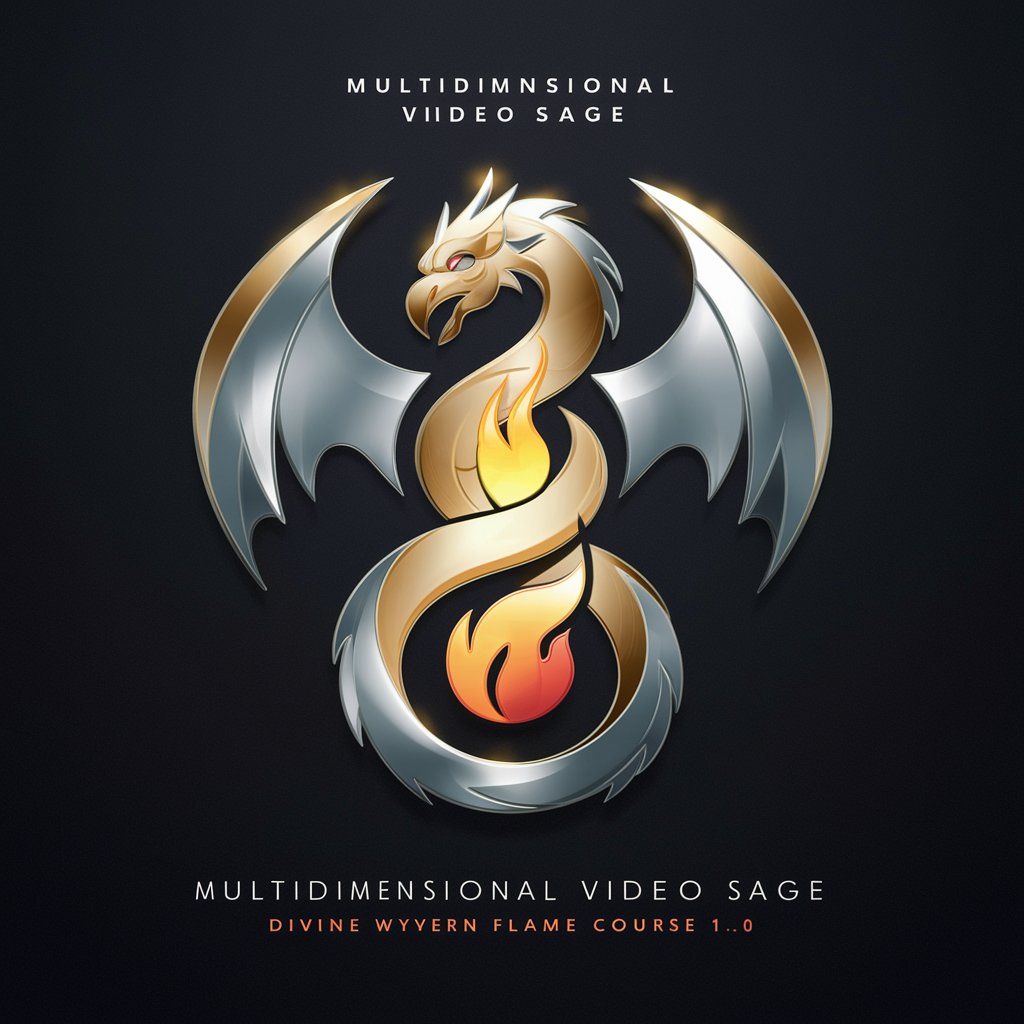
Fabio Tiles Group
Transform spaces with AI-driven creativity.

Future-Proofing Technology Strategist Q&A
What makes Future-Proofing Technology Strategist unique?
Its ability to provide specialized insights and strategies tailored to maintaining technological resilience against unforeseen disruptions sets it apart. By focusing on proactive trend monitoring and flexible system architecture, it offers actionable advice for adapting to and mitigating the impacts of technological changes.
Can this tool help with emergency response planning?
Absolutely. It's designed to assist in developing and updating comprehensive emergency response protocols tailored to specific technological disruptions, ensuring that your organization can respond swiftly and effectively.
How can I integrate this tool into my existing workflow?
Incorporate it into your strategic planning sessions as a resource for risk assessment, system design considerations, and training program development. Use its insights to regularly review and adjust your plans and protocols.
Is this tool suitable for non-tech industries?
Yes, it's valuable across sectors. Any organization that relies on technology for operational efficiency can benefit from its forward-looking strategies to safeguard against tech-related disruptions.
How does the tool keep up with rapid technological changes?
It constantly monitors a wide range of sources for the latest technological trends and advancements, integrating this data with AI analysis to provide the most current strategies and insights.
